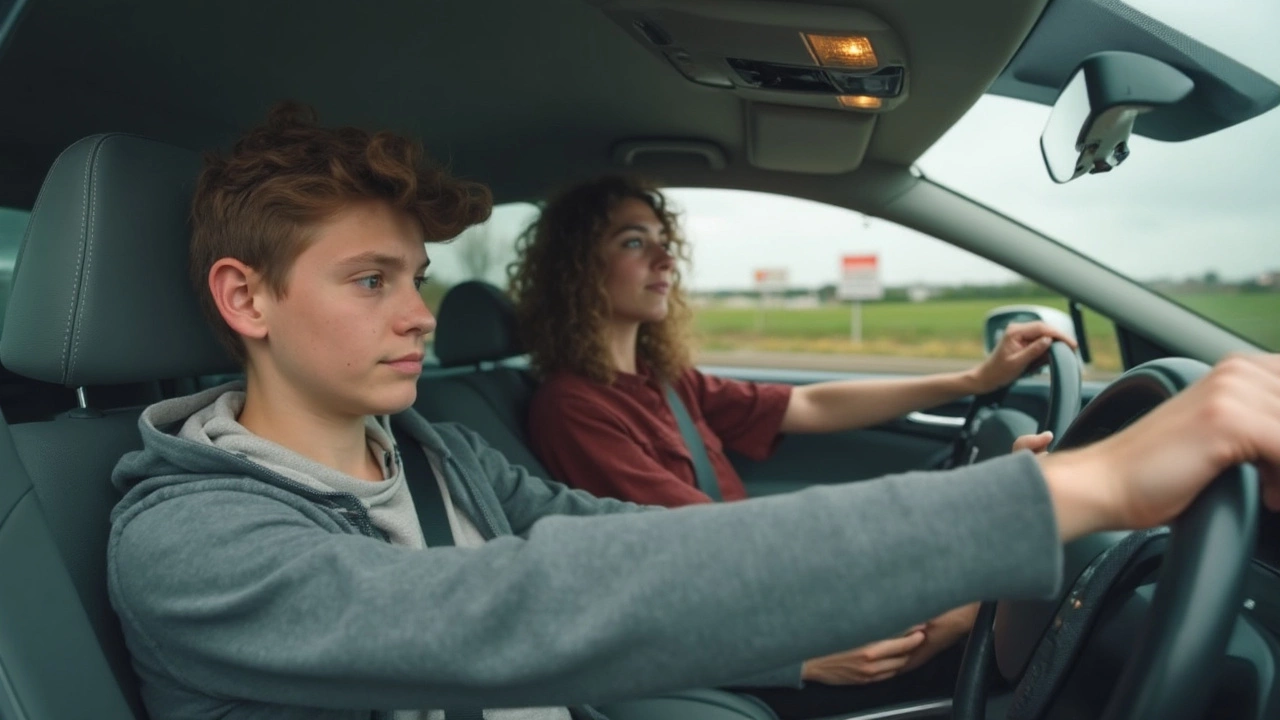Motorway Driving Guide for HGV Drivers
If you’re behind the wheel of a heavy goods vehicle, the motorway feels like a whole new world. The speed, the flow, and the size of the road demand a different mindset than city streets. Below you’ll find straight‑forward advice that helps you stay safe, keep your load secure, and avoid costly mistakes.
Key Rules for Motorway Driving
First, stick to the posted speed limits. On most UK motorways the limit is 70 mph for cars, but HGVs are capped at 60 mph (or 50 mph in built‑up areas). Going slower than the traffic flow can be just as risky as speeding because other drivers may try to overtake you in unsafe spots.
Use the left‑hand lane for cruising and keep the middle or right lanes for overtaking. When you need to pass, signal early, check mirrors, and make sure you have a clear gap. Remember that once you’ve finished overtaking, you must return to the left‑hand lane as soon as it’s safe.
Maintain a long following distance – at least three seconds in good weather and up to five seconds when it’s wet or foggy. Heavy vehicles need more time to stop, and a safe gap gives you room to react to sudden braking or obstacles.
Staying Safe on Long Journeys
Plan your route before you hit the road. Use a navigation system that highlights service areas, rest stops, and any road works. Take a break every two hours or 100 miles to stretch, hydrate, and check your load. Fatigue is the biggest enemy on long stretches, and a short pause can prevent a serious incident.
Check your tyres and brakes before each trip. Under‑inflated tyres increase fuel consumption and can cause blowouts at high speeds. Brakes on an HGV get hotter faster, so listen for unusual noises and feel for vibration.
When the weather turns bad, reduce your speed and increase your following distance even more. Heavy rain can create aquaplaning risks, especially for large tyres. If visibility drops below 100 m, turn on your headlights (low‑beam) and keep your windscreen clear.
Know what to do if you need to stop on the hard shoulder. Pull as far away from traffic as possible, turn on your emergency lights, and set up a safety triangle 45 m behind your vehicle. Never exit a moving HGV – always wait for the vehicle to stop completely.
Finally, stay calm and confident. If you feel anxious, focus on your breathing, repeat your lane‑keeping routine, and remember that you’ve trained for this. The motorway is a tool, not a threat, and with the right habits you’ll get where you need to be safely and on time.
- May 23 2025
- 0 Comments
- Rowan Cavendish
Can Learner Drivers Go on the Motorway? Essential Info for Pass Plus
Find out if learner drivers can use the motorway and what rules have changed since 2018. Learn how Pass Plus courses involve motorway driving and what benefits they offer. Discover tips for staying safe and confident on these faster roads. Get clear, straightforward answers to questions every new driver has. Tackle the motorway without guessing or second-guessing.
- Driving Lessons (41)
- HGV Training (31)
- Driving Test Tips (31)
- Driving Test Booking (26)
- Driving Licence Renewal (23)
- Driving Theory Test (21)
- Pass Plus Course (15)
- Driving Tips (15)
- Intensive Driving Course (15)
- Driver Licensing (14)
Categories
- December 2025 (12)
- November 2025 (13)
- October 2025 (21)
- September 2025 (5)
- August 2025 (8)
- July 2025 (30)
- June 2025 (30)
- May 2025 (30)
- April 2025 (31)
- March 2025 (30)
- February 2025 (28)
- January 2025 (34)
Archives
- driving lessons
- driving test
- driving tips
- intensive driving course
- driving test tips
- HGV training
- learn to drive
- driving theory test
- driver training
- driving test booking
- pass driving test
- HGV driving
- road safety
- driving license renewal
- Virginia driving test
- learner drivers
- safe driving
- Virginia driver's license
- driving license
- learning to drive

